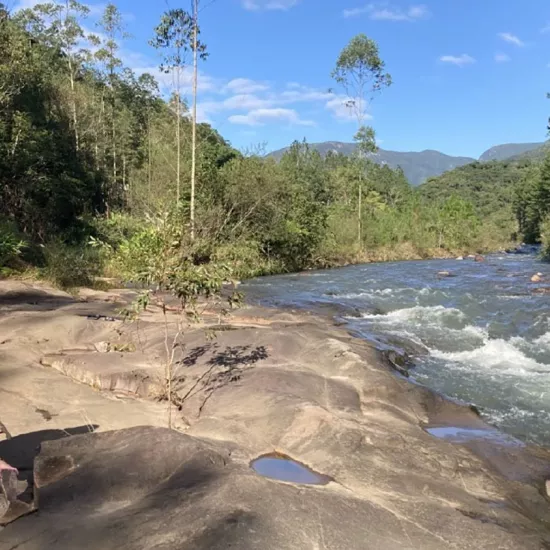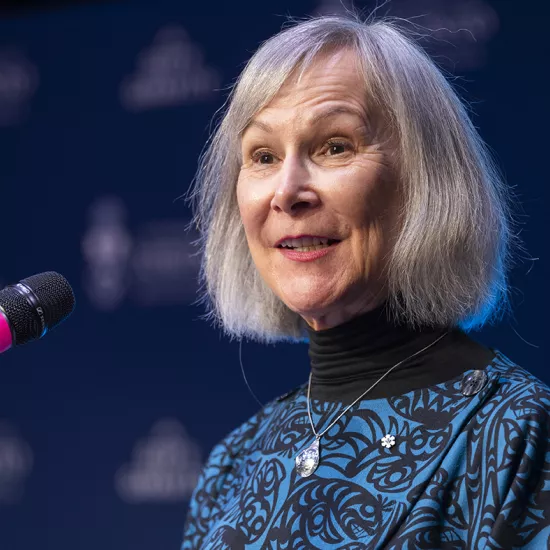Forensic files: youth learn what it really takes to help solve a crime

A missing pet, a fist fight or even a murder. These are some of the cases elementary and high school students try to solve when they visit U of T Mississauga’s crime scene house.
Each year the forensic department hosts high school field trips, runs summer camps and heads out into the community to share their love of science.
The department hosts a variety of outreach and engagement initiatives, with Camp UTM and high school visits being the two main programs, according to Murray Clayton, program and outreach officer for forensic science.
Camp UTM, a week-long program in the summer that caters to youth aged nine to 13, teaches children about forensic techniques through hands-on activities like dusting for fingerprints. At the end of the week, they get to apply that learning for the ultimate test: investigating and solving a case at UTM’s crime scene house.
“The crimes are PG,” says Clayton, explaining the cases are kept appropriate for the age group and generally involve thefts, missing animals, arguments and mild assaults without a weapon.
[embed https://youtu.be/8a7XyGhW6mw]
The forensics team kicks up both the realism and complexity for the high school program, where students in grades 11 and 12 visit for a day-long field trip during the school year. Older students use real materials and will find weapons and blood, Clayton says.
“They appreciate that we don’t dumb it down and we make it more realistic,” he continues, noting the blood used is ethically sourced, pathogen-free sheep’s blood that is taken from the animals by IV, so no sheep are sacrificed.
The high school program, which runs 24 times a year, is so popular that bookings are full into 2024, with priority given to schools that haven’t previously visited.
“It’s a mandate of ours that the high school program is always free,” Clayton adds. “No one should feel like they can’t access science.”
The program not only makes science accessible and transparent; it also increases the understanding of what forensic scientists do.
“We have a big job combating what’s called the CSI effect,” Clayton says, explaining people watching shows like Forensic Files, Law & Order and CSI are exposed to a “glamourized version” of science and can develop unrealistic expectations. By showing what forensic science really entails, the outreach programs help build public recognition and trust, he continues.
It’s also a rewarding way to engage with the community. Clayton says he likes seeing the students have a good time, adding it’s fun to see how invested they are in solving the crime.
The outreach programs are not intended to be a recruitment tool, but there are some who discover their passion for the sciences because of the programs. According to Clayton, the camp has been around long enough that last year a forensic science student who participated in the camp as a child became a camp leader so she could give back what she learned.
“She wanted to give that experience to someone else,” he says, adding people are never too young (or old) to develop an interest in science. “UTM as a whole is always supportive of youth in science.”



